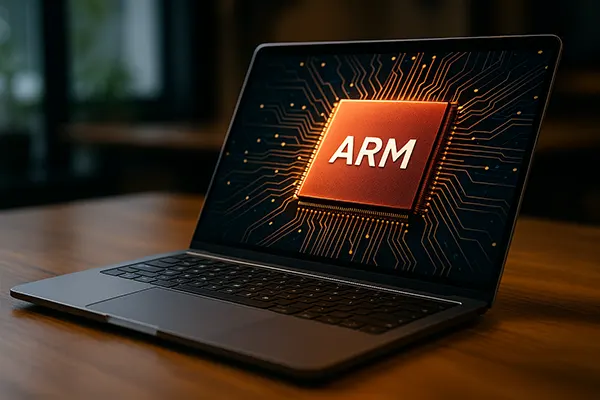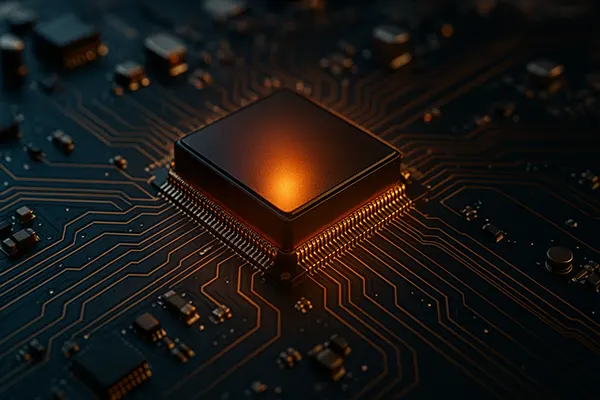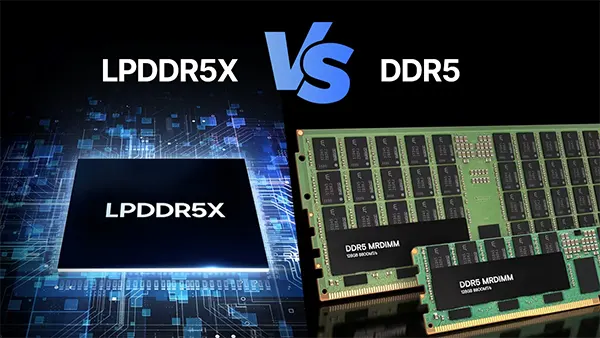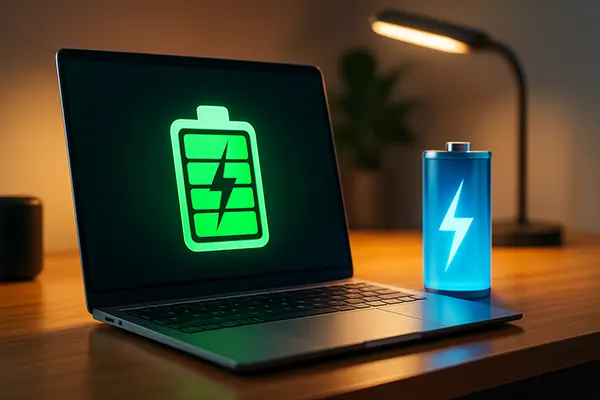
Transition to ARM Laptops: Performance, Compatibility, and Practical Use in 2025
In 2025, the laptop market continues to shift towards ARM-based processors, changing how users perceive performance, energy efficiency, and software compatibility. ARM laptops, once considered experimental, have become serious competitors to traditional x86 devices. Understanding their strengths and limitations helps determine whether they fit your professional and personal needs.
Why ARM Laptops Are Gaining Popularity
ARM laptops are powered by processors designed for maximum energy efficiency. Unlike Intel or AMD chips that follow the x86 architecture, ARM CPUs use reduced instruction sets, meaning they consume less power and generate less heat. As a result, many ARM laptops can operate without fans, offering longer battery life—often exceeding 20 hours per charge—while maintaining stable performance levels.
Manufacturers such as Apple, Qualcomm, and MediaTek have played a major role in this rise. Apple’s M3 and M3 Pro chips, for example, demonstrate how ARM processors can outperform traditional architectures in both speed and thermal control. Qualcomm’s Snapdragon X Elite, launched in 2024, brought serious competition to the Windows ecosystem, delivering laptop performance that finally meets the expectations of professional users.
Another factor driving adoption is sustainability. ARM-based devices use less energy and rely on advanced manufacturing processes that reduce carbon footprints. For environmentally conscious consumers and companies, ARM laptops align with broader goals of energy efficiency and long-term sustainability.
Technological Innovations Supporting the Trend
Behind the success of ARM laptops lies continuous innovation in chip design. The integration of Neural Processing Units (NPUs) for AI-related tasks has allowed ARM devices to handle on-device machine learning efficiently, improving video calls, photo editing, and speech recognition. These processors are not just faster—they’re smarter, optimising power usage based on task intensity.
Unified memory architecture, pioneered by Apple and later adopted by other manufacturers, enables faster data exchange between CPU, GPU, and RAM, significantly boosting performance for creative and analytical tasks. The outcome is a smoother experience across design software, coding environments, and even gaming.
Finally, ARM laptops have made strides in connectivity. Most new models include integrated 5G modems and Wi-Fi 7 support, ensuring consistent performance even for users working remotely. This level of integration marks a clear shift from traditional laptops that still depend heavily on external components for similar functionality.
Performance: How ARM Competes with x86 in 2025
When it comes to pure performance, ARM laptops are no longer lagging behind their x86 counterparts. Benchmark results for Apple’s M3 Pro and Qualcomm’s X Elite show that ARM chips can match or surpass many Intel Core Ultra and AMD Ryzen 8000 series processors in both single-threaded and multi-threaded tasks. These gains are most evident in productivity and creative workloads like video rendering or software development.
Battery life remains one of ARM’s defining advantages. While most x86 laptops require frequent charging, ARM devices can operate all day under heavy workloads. Thermal management is also superior—ARM chips rarely throttle under sustained performance, keeping devices silent and cool even during intense multitasking.
However, x86 still has an edge in certain high-end gaming and legacy software environments. Some Windows applications remain better optimised for Intel and AMD processors. Yet, the gap is closing fast as developers release more ARM-native versions of their software and Microsoft continues refining its Windows-on-ARM technology.
Efficiency and Real-World Usability
In real-world use, ARM laptops shine in scenarios that require mobility and battery longevity. Journalists, students, and field workers appreciate the near-instant wake times and standby battery life lasting several weeks. Even during video conferencing or 4K streaming, power consumption remains minimal compared to x86 equivalents.
Creative professionals now find ARM systems viable for demanding tasks like video editing, 3D modelling, and photo processing. Apple’s ecosystem demonstrates this through Final Cut Pro and Logic Pro, which are optimised for ARM-based hardware. The combination of raw speed and low power usage makes these laptops ideal for on-the-go creators.
For developers, ARM laptops provide the flexibility to run both native applications and emulated x86 software. With emulation performance improving by roughly 40% since 2023, compatibility concerns are steadily diminishing. Most mainstream applications, including Adobe, Microsoft Office, and Chrome, now offer full ARM support.
Software Compatibility and Ecosystem Maturity
One of the biggest challenges for ARM laptops in earlier years was software compatibility. In 2025, that problem is largely solved. Both Windows and macOS now have robust ARM-native ecosystems. Popular tools such as Photoshop, Visual Studio Code, and Slack have been fully optimised for ARM hardware, providing a seamless user experience.
Microsoft’s Windows-on-ARM has seen major progress, introducing improved emulation layers that run 64-bit x86 and even x64 applications with minimal performance loss. Meanwhile, Linux distributions like Ubuntu and Fedora now offer ARM builds that deliver full compatibility with open-source software ecosystems.
Still, users who rely on niche professional tools or older software should check compatibility before switching. While emulation is powerful, it cannot always match the speed of native applications. Enterprises migrating to ARM-based devices often run hybrid systems to ensure workflow stability during transition periods.
ARM Laptops in Everyday Scenarios
ARM laptops excel in mobility-focused tasks. Office users enjoy instant startup, quiet operation, and day-long performance without charging. For digital nomads, integrated 5G and exceptional energy efficiency allow them to work productively from virtually anywhere.
In education, ARM devices provide affordable and durable solutions for remote learning. They offer impressive battery endurance and strong integration with cloud-based services. Schools and universities are rapidly adopting ARM laptops for students due to their lower maintenance requirements and cost-effectiveness.
Multimedia enthusiasts also benefit from ARM laptops’ advanced video decoding and AI-enhanced sound processing. Streaming high-resolution content, editing photos, or using design tools feels responsive and smooth, even on lightweight ultrabooks.

When to Choose an ARM Laptop
Choosing an ARM laptop in 2025 depends on your usage patterns. For those prioritising portability, silent operation, and long battery life, ARM devices are a perfect fit. They deliver consistent performance for office work, creative software, and communication tools while staying cool and energy-efficient.
On the other hand, users heavily dependent on niche Windows software, advanced 3D games, or legacy enterprise systems may still prefer x86-based models. Despite rapid progress, certain specialised applications continue to perform slightly better on Intel and AMD hardware.
As developers expand native support and operating systems optimise for ARM, the reasons to stay with x86 are decreasing. For most consumers, the switch to ARM in 2025 represents a practical, forward-looking investment.
The Future of ARM in Computing
The transition to ARM is not just a passing trend—it signals a broader industry shift. Cloud services, AI processing, and edge computing increasingly rely on ARM-based infrastructure, ensuring consistent software optimisation across devices. This growing ecosystem reinforces long-term support for ARM laptops.
Manufacturers are also expected to introduce hybrid chips combining ARM efficiency with discrete GPU performance, further closing the gap for high-end users. As more developers embrace cross-platform optimisation, ARM devices will continue to evolve into a mainstream choice for professionals worldwide.
In 2025, choosing an ARM laptop means embracing a modern computing experience: faster, more efficient, and more sustainable. It reflects not just a hardware change, but a transformation in how we think about mobility and productivity in the digital age.




